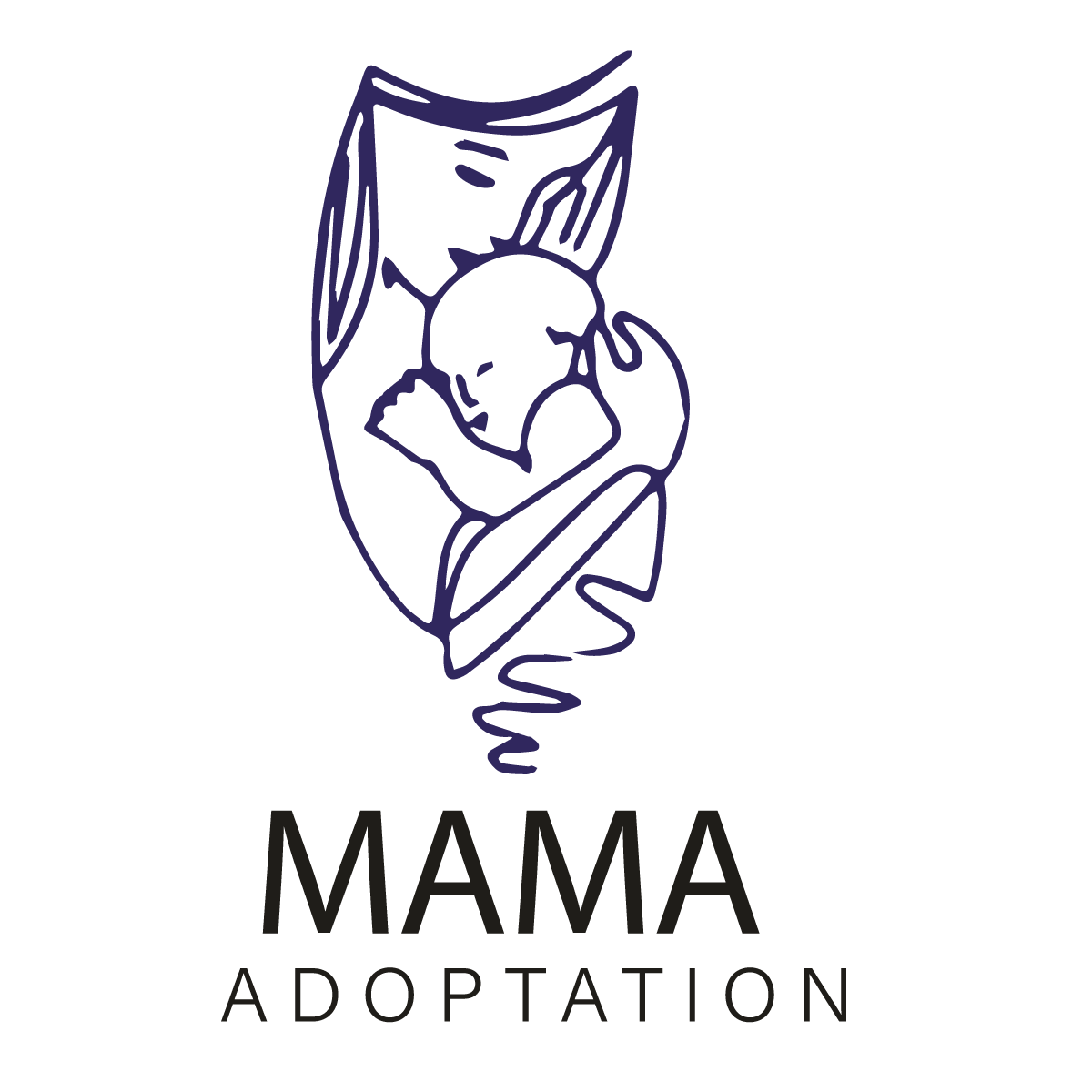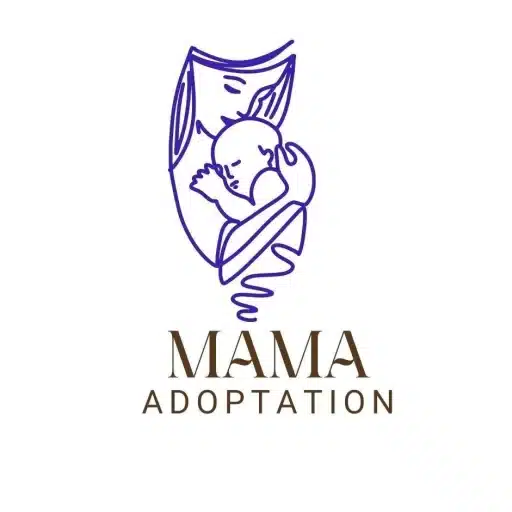If you’ve ever been caught off guard by your baby suddenly biting the bottle nipple instead of drinking it, you’re not alone. You want to make sure they are getting enough nourishment, but they seem more interested in batting the bottle around than consuming the milk or formula inside. This behavior is a normal part of a baby’s development. Babies are naturally curious about the world around them, and they use their hands and mouths to explore everything, including their bottles. They may shake the bottle to see what happens, squeeze it to watch the baby bottle nipple change shape, or chew on it to soothe their gums.
- Understanding Baby Playing Behavior While Bottle Feeding
- 11 Common Reasons Why your baby plays with the bottle instead of drinking
- How to Get Baby to Stop Biting Nipple
- What To Do When You See Your Baby Playing With A Bottle Instead Of Drinking?
- 12 Signs That Your Baby Is Not Drinking From The Bottle
- Why is my baby fidgeting while bottle feeding?
- What do bottle aversions look like?
- Wrapping up
- FAQ’s
Babies also use their bottles for comfort and security. The soft baby bottle nipple and the familiar feeling of the bottle can help them feel calm and relaxed. For some babies, playing with the bottle can be a way to distract themselves from hunger. If they’re not quite ready to eat, they may play with the bottle to calm themselves down. As babies get older, they’ll start to understand that bottles are for drinking. However, they may still play with them from time to time.
This is perfectly normal and doesn’t mean there’s anything wrong with your baby. Bottle-playing behavior can be puzzling for parents who expect their little ones to focus mainly on feeding during bottle time. However, this behavior is frequently linked to a baby’s natural curiosity and desire to learn about their surroundings.
Understanding Baby Playing Behavior While Bottle Feeding
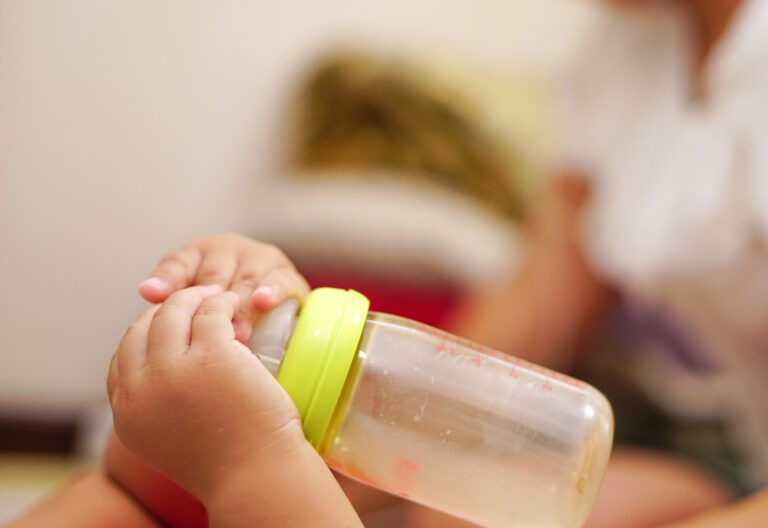
Babies can exhibit various behaviors during bottle feeding, including baby chewing on bottle nipple or even baby biting the bottle nipple instead of drinking milk. It’s important to recognize that biting or chewing on the nipple may not always be a sign of discomfort or resistance to feeding. In many cases, it could be linked to your baby’s developmental stage, such as teething, or simply a playful behavior.
Teething and Bottle Feeding Challenges
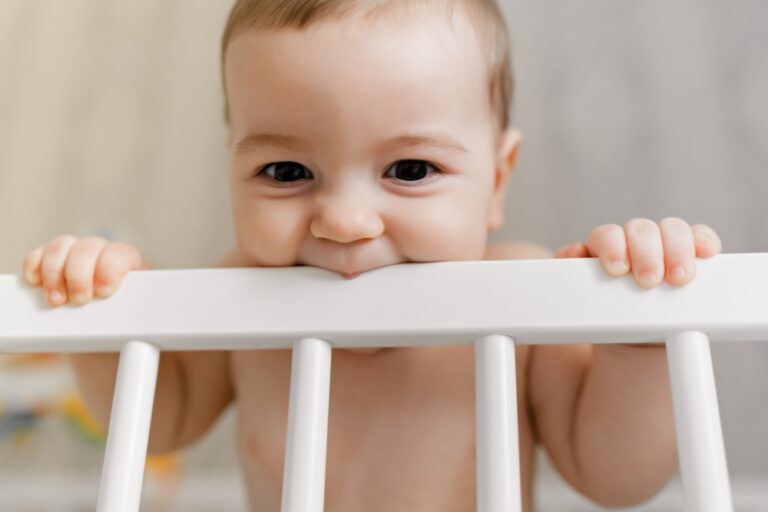
One of the main causes of baby biting nipple is teething. Babies begin teething at different ages, but it typically starts between 4 to 7 months. During this time, babies experience discomfort in their gums, leading them to bite down on whatever they can find – including the bottle nipple.
If you notice your baby is refusing the bottle while teething or your baby is not drinking milk while teething, this can be a sign that their gums are sore. They may bite the nipple as a form of self-soothing, but it can also lead to baby gags on the bottle or even make them refuse the bottle entirely.
To handle teething bottle refusal, ensure the bottle nipple is soft and flexible. You can also try using a teething toy or a cold washcloth to soothe their gums before feeding. If your baby is refusing the bottle, it’s crucial to address this discomfort first before offering the bottle again.
11 Common Reasons Why your baby plays with the bottle instead of drinking
As an expert pediatrician, I am mentioning some common reasons why babies might play with their bottles instead of simply drinking from them: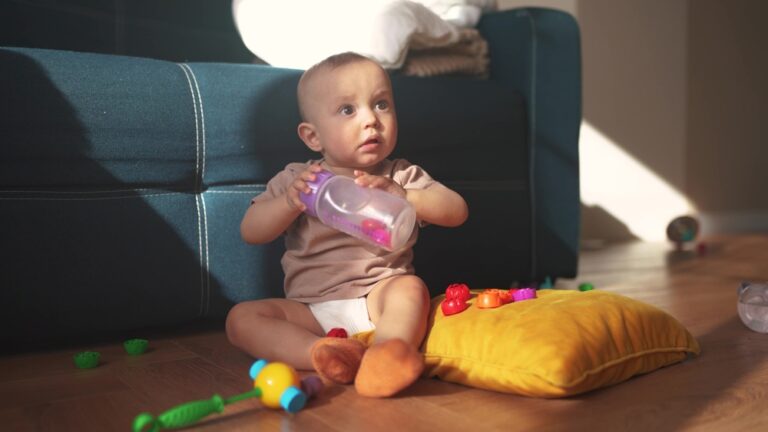
1. Exploring Their Environment
Babies play with their bottles because they are naturally curious about the world around them. They explore the textures and shapes of the bottle, investigate cause and effect relationships, satisfy their oral curiosity, and engage in playful learning. Parents should encourage this exploration by providing a variety of textures and shapes, introducing different sounds, observing their interests, encouraging exploration during feeding breaks, and supervising playtime.
2. Teething Discomfort
Babies may play with their bottles instead of drinking due to teething discomfort. Teething can cause swollen and sore gums, which can be relieved by chewing on the nipple of the bottle. Additionally, rubbing their gums against the bottle or playing with it can distract them from the pain. To encourage babies to drink when they are teething, offer them the bottle when they are calm, use a slow-flow nipple, ensure the bottle is clean, offer small and frequent feedings, and experiment with different types of bottles and baby bottle nipples. If you are concerned about your baby’s fluid intake, talk to their doctor.
3. Seeking Independence
As babies grow, they begin to claim their independence. Playing with the bottle might be their way of claiming control during feeding times.
4. Curiosity and Learning
Babies are naturally curious and love to learn, so they explore everything around them, including their bottles. This means they might play with their bottles instead of drinking from them. Babies like to feel different textures and shapes, so they touch and grab their bottles to learn about them.
They also like to see what happens when they do things, so they shake their bottles to see the milk swirl inside or squeeze them to watch the nipple change shape. Babies also like to suck on things, so they chew on their baby bottle nipples or suck on the bottles themselves. All of this playing helps babies learn and grow, so parents should let them explore their bottles in a safe way.
5. Developing Motor Skills
Manipulating objects like bottles aids in the development of fine motor skills. Babies might play with their bottles to enhance their hand-eye coordination.
6. Engaging Their Senses
Babies explore textures and shapes through touch and play. The bottle might engage their senses, providing a different tactile experience.
7. Distraction and Stimulation
Babies might get easily distracted during feeding. Playing with the bottle could be a way to break the monotony or regain their attention.
8. Expressing Disinterest or Fullness
Sometimes, playing with the bottle might indicate that the baby is not hungry or has lost interest in feeding at that moment. Baby gets fussy and shows no interest in bottle feeding may be due to fullness and maybe he prefers breastfeeding. He might find breast feeding more nourishing and comfortable as compared to bottle feeding. Shifting to breastfeeding can resolve this issue.
9. Mimicking Behavior
Babies may mimic adult behavior and play with their bottles instead of drinking. Parents can encourage proper bottle usage by modeling appropriate behavior, avoiding non-drinking uses, providing distractions, maintaining a feeding routine, and responding to cues promptly.
10. Comfort and Security
The bottle might offer a sense of comfort and security. Playing with it could be a source of reassurance for the baby.
11. Bad Latch and Nipple Issues
A common issue parents face is the nipple collapsing on the bottle or a collapsed nipple bottle. This happens when the baby doesn’t get enough milk or the nipple is not positioned properly in their mouth. Milk spilling out from the side of the baby’s mouth during bottle feeding may also indicate a poor latch. A good latch on the bottle is essential for efficient feeding, and if your baby is playing with the bottle nipple instead of drinking, it could signal that they are not latched properly.
To determine if your baby has a bad latch on bottle, check for these signs:
- The nipple collapses while feeding.
- Milk leaks out of the side of the baby’s mouth.
- The baby seems to be struggling to get milk.
Adjusting the bottle’s angle or trying a different nipple size might solve these issues. A good bottle latch allows the milk to flow comfortably without collapsing the nipple, ensuring that your baby is properly fed.
Understanding these reasons can help parents interpret and respond to their baby’s behavior during feeding times. It’s essential to observe and engage with your baby to determine their specific needs and preferences during feeding.
Related: Baby Fussy During Bottle Feeding? (The Most Common Reasons!)
How to Get Baby to Stop Biting Nipple
Now that you understand the causes of your baby’s behavior, let’s discuss how to stop baby biting nipple during bottle feeding. There are several strategies you can try: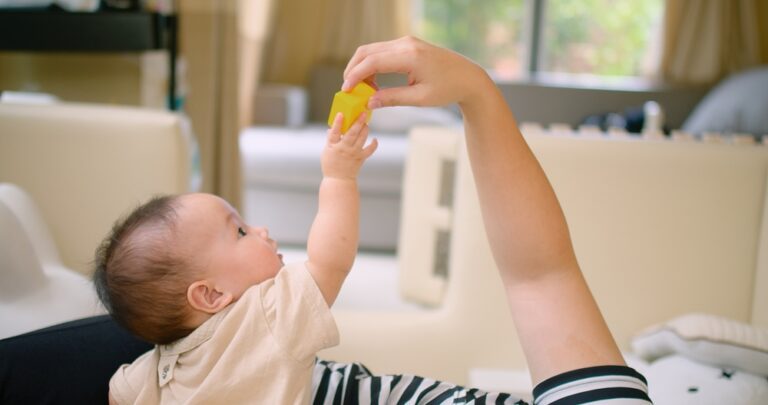
1. Check the Nipple Flow
If your baby is chewing on bottle nipple or baby chewing on nipple instead of drinking, it could be due to frustration over the flow of milk. A nipple with a slow flow may cause the baby to bite or chew as they struggle to get milk. On the other hand, a fast flow can cause choking or gagging. Experiment with different nipple flow rates to see which works best for your baby.
2. Provide Teething Relief
If teething is the culprit, give your baby a teething toy or a chilled washcloth to chew on before feeding. This can help alleviate some of the discomfort and make feeding time less painful.
3. Try Distraction
Sometimes babies bite the nipple out of curiosity or boredom. To prevent this, try distracting your baby by gently rubbing their back or singing to them during the feeding. If they’re not too distracted, they’ll focus on drinking instead of playing with the bottle.
4. Offer a Different Bottle
Some babies are more sensitive to the texture and shape of the bottle nipple. Try experimenting with different types of bottles or nipples to find one that suits your baby’s preferences. Bottle in mouth can sometimes become a challenge if the baby doesn’t like the shape or feel of the nipple.
5. Gently Guide the Baby’s Behavior
If your baby is baby playing with nipple instead of eating, gently guide them back to feeding. A calm, reassuring voice and firm, yet gentle, hands can help your baby understand that it’s time to eat.
Related: 5 Best Baby Bottles for Feeding-Complete Guide
What To Do When You See Your Baby Playing With A Bottle Instead Of Drinking?
When you notice your baby playing with a bottle rather than drinking from it, here are steps you can take:
- Observe your baby’s behavior and the reasons behind the bottle play. Look for cues like disinterest, discomfort, or distractions.
- Check if your baby is comfortable and not experiencing any discomfort, such as teething pain or hunger. Address any immediate needs before encouraging feeding.
- Gently guide your baby’s focus back to the feeding by interacting and gently encouraging them to drink. Use soothing words and maintain eye contact to re-engage their attention.
- Create a calm and comfortable environment for feeding. Minimize distractions, reduce noise, and find a quiet space to encourage focused feeding.
- Support your baby during feeding by holding the bottle or adjusting its position to ensure ease and comfort while drinking.
- Stay patient and understanding. Avoid rushing or forcing your baby to drink. Allow them time to explore and gradually transition to feeding.
- Try adjusting feeding times to coincide with when your baby is more alert and less likely to get easily distracted.
- Incorporate interactive techniques like singing, talking softly, or making gentle movements to keep your baby engaged during feeding.
- If your baby constantly plays with the bottle and refuses to drink or shows signs of distress, seek guidance from a pediatrician or a feeding specialist.
- Respect your baby’s preferences. Some babies might prefer intermittent play during feeding, and that’s okay as long as they’re getting adequate nutrition.
Remember, each baby is unique, and their feeding habits vary. Being attentive, patient, and responsive to your baby’s cues can help create a positive feeding experience for both you and your baby. If concerns persist or escalate, seek professional advice to ensure your baby’s health and well-being.
Read also: 8 Best Ideas To Keep Baby from Climbing Out of a Pack and Play
12 Signs That Your Baby Is Not Drinking From The Bottle
Here are some signs parents need to notice that babies are not drinking from their bottle.
- Pushing Away the Bottle

- Refusing to Suckle
- Fussiness or Irritability
- Turning Head Away
- Crying During Feeding
- Taking Only a Few Sips
- Lengthy Feeding Sessions
- Lack of Weight Gain
- Arching Back or Squirming
- Spitting Out Milk
- Signs of Hunger After Feeding Attempts
- Decreased Wet Diapers
Observing these signs during feeding attempts can help you understand your baby’s cues and address any potential issues with feeding. If you notice persistent or concerning signs, seeking advice from a healthcare professional is advisable to ensure your baby’s feeding needs are met.
Why is my baby fidgeting while bottle feeding?
Babies may fidget during bottle feeding due to discomfort from gas, reflux, teething, or improper milk temperature, distraction from noisy surroundings, missed hunger cues, or other sensory needs, or a need for self-regulation through sucking or oral exploration. To address fidgeting, establish a consistent feeding routine, respond promptly to hunger cues, offer distractions, and practice patience. Consult a pediatrician if fidgeting persists or is accompanied by other concerns.
What do bottle aversions look like?
Bottle aversion manifests as a combination of behaviors indicating a negative association with bottle feeding. Common signs include refusal to latch, excessive fussiness, poor sucking, limited milk intake, intense aversion to the bottle, favoring alternative feeding methods, and changes in growth or development. If you suspect bottle aversion, consult a pediatrician or lactation consultant for personalized strategies to overcome the aversion and ensure adequate nutrition for your baby.
Wrapping up
It is natural for babies to engage in playful behavior with their bottles rather than merely drinking from them. This behavior signifies their innate curiosity, exploration, and attempts to understand their surroundings. Babies may use bottle play for comfort, teething relief, or as a means of expressing independence. Encouraging this exploration in a safe manner supports their learning and growth. However, understanding the reasons behind this behavior helps caregivers respond effectively during feeding times. Patience, observation, and adapting to their preferences are key in creating a positive feeding experience. Recognizing signs of bottle aversions and addressing them promptly ensures babies receive adequate nourishment. Each baby is unique, and nurturing their feeding habits in a supportive environment is crucial for their well-being.
FAQ’s
1. Is it normal for my baby to play with the bottle more than drinking from it?
Yes, it’s normal for babies to explore their bottles through play. They often use this as a way to learn about textures, shapes, and cause-and-effect relationships. It’s part of their developmental process.
2. Why does my baby chew on the bottle nipple instead of drinking?
This could be due to teething, boredom, or frustration with the milk flow. Adjusting the nipple or offering teething relief can help.
3. My baby often plays with the bottle during feeding time. Should I try a different feeding method?
If your baby is gaining weight appropriately, seems content, and has sufficient wet diapers, playing with the bottle during feeds might not be a cause for concern. However, if you’re worried, consult with a healthcare professional to explore other feeding methods.
4. Can bottle-playing behavior lead to problems with my baby’s feeding habits in the future?
In most cases, bottle-playing behavior is a temporary phase and doesn’t lead to long-term feeding issues. However, if you notice persistent refusal to drink or significant weight loss, seek guidance from a healthcare provider.
5. My baby seems more interested in playing with the bottle than drinking. How can I ensure they’re getting enough nutrition?
If your baby seems content, has regular wet diapers, and is gaining weight appropriately, they might be getting adequate nutrition. However, if you’re concerned, discuss feeding strategies with a pediatrician to ensure your baby’s nutritional needs are met.
6. How can I differentiate between my baby’s playful bottle behavior and signs of feeding problems or aversions?
Signs of feeding problems or aversions might include consistent refusal to drink, excessive fussiness or crying during feeds, poor weight gain, or significant changes in feeding patterns. If you’re concerned, seek guidance from a healthcare professional.


